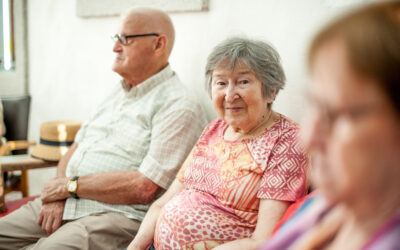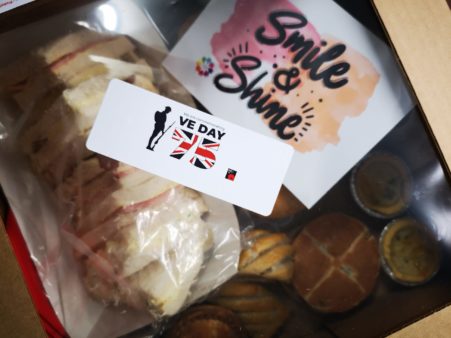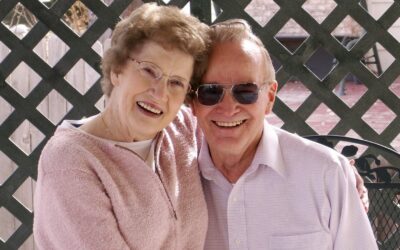 Subscribers Only
People
Subscribers Only
People 
Lessons from community responses to the coronavirus in Merthyr Tydfil
Helen Cunningham and Lloyd Jones reflect on the Bevan Foundation’s latest report.
Over the past couple of months we spoke to community groups and organisations from across the Merthyr Tydfil borough area who have responded to the coronavirus pandemic. They helped provide a snapshot of what the needs have been, how they identified them, what responses were and how they were delivered. Although its one small corner of Wales, what we found were experiences and themes that resonate beyond Merthyr Tydfil.
Responses varied
As lock-down kicked in, the responses were quick and the community rose to the challenge. For some it was a case of changing the way they did things completely– switching to online services, phone calls, leaflet drops and letters. Some initiatives were brand new. As one initiative said when they started out “we had no idea what the response would be, whether it would be something or nothing”. It certainly proved to be something.
While many older volunteers had to shield, a new wave of volunteers also emerged, including people who normally commute or work away or who had been furloughed. The kinds of responses that took place varied from distribution of plants for people to grow at home to helplines for advice, support and referrals. Zoom calls to support families with home schooling and quizzes to keep people stimulated became a regular fixture as did home deliveries of food and essentials.
Re-thinking “community”
The nature of the response was varied and came from different organisations beyond what some might think of as the “usual suspects”. There were a number of businesses who switched their focus almost entirely to the community response. Some businesses stayed open even while operating at a loss, as one said “we were working at a loss but because we were needed, we did it”.
The support also extended between businesses and community organisations. One community organisation had given over the use of part of its building to a local firm so it could safely socially distance and not have to shut its doors. It recognised that the closure of a local business would have an immediate impact on the community and that they could do something to help mitigate that.
Anchor organisations also played a key role in helping co-ordinate initial responses. Some registered social landlords were quick to fund and resource activities and responses of grassroots groups who they saw as best placed to deliver them.
Needs haven’t gone away
Although lock-down is easing, its clear that the needs that communities have responded to won’t disappear. Some organisations told us they were anticipating a whole set of needs linked to the lock-down period; family trauma and breakdown, stress and anxiety. They were already making plans for how to support people with these issues. As the economic impact unfolds with serious consequences for communities, other organisations providing food also anticipate that their service will need to be ready to respond to demand for some time to come. To to that will require resourcing and meaningful partnerships between all organisations involved in community responses.
What the response in Merthyr Tydfil shows is that communities are ready and willing to respond, and are often well placed to do it at pace and creatively. With the right approach, capturing that and building on meaningfully for the challenges ahead can be a lasting legacy of this period.
Helen Cunningham is Project Officer at the Bevan Foundation
Lloyd Jones is Project Support Officer at the Bevan Foundation


